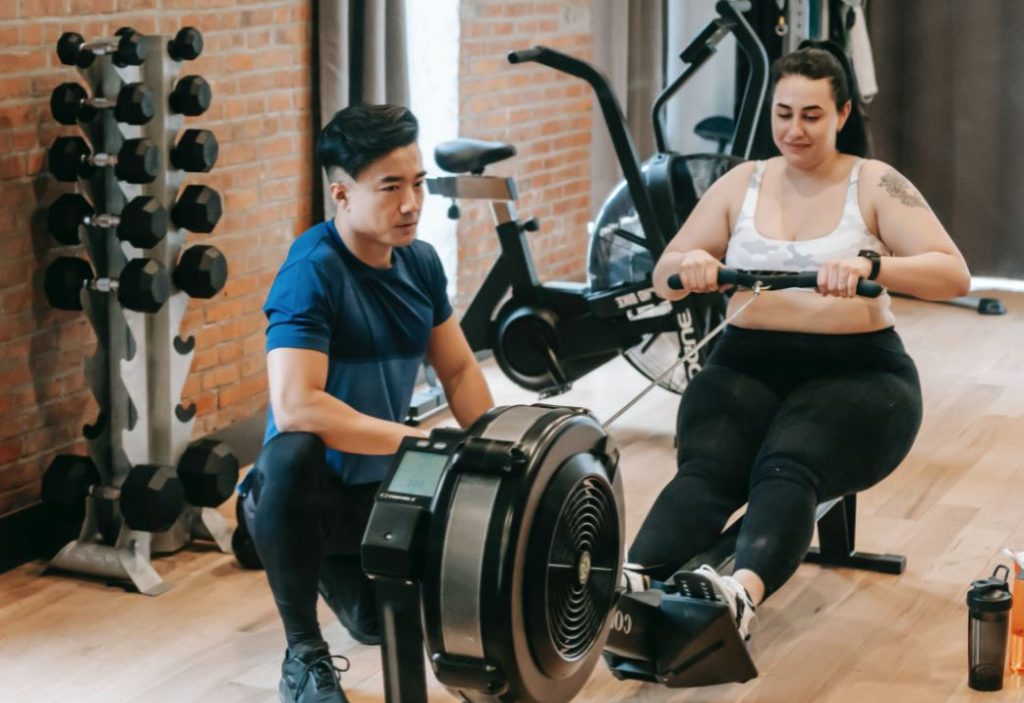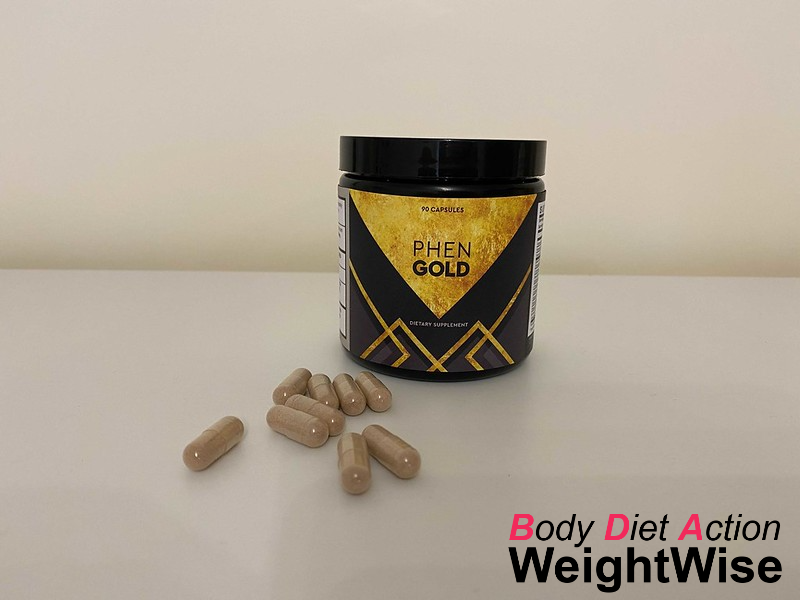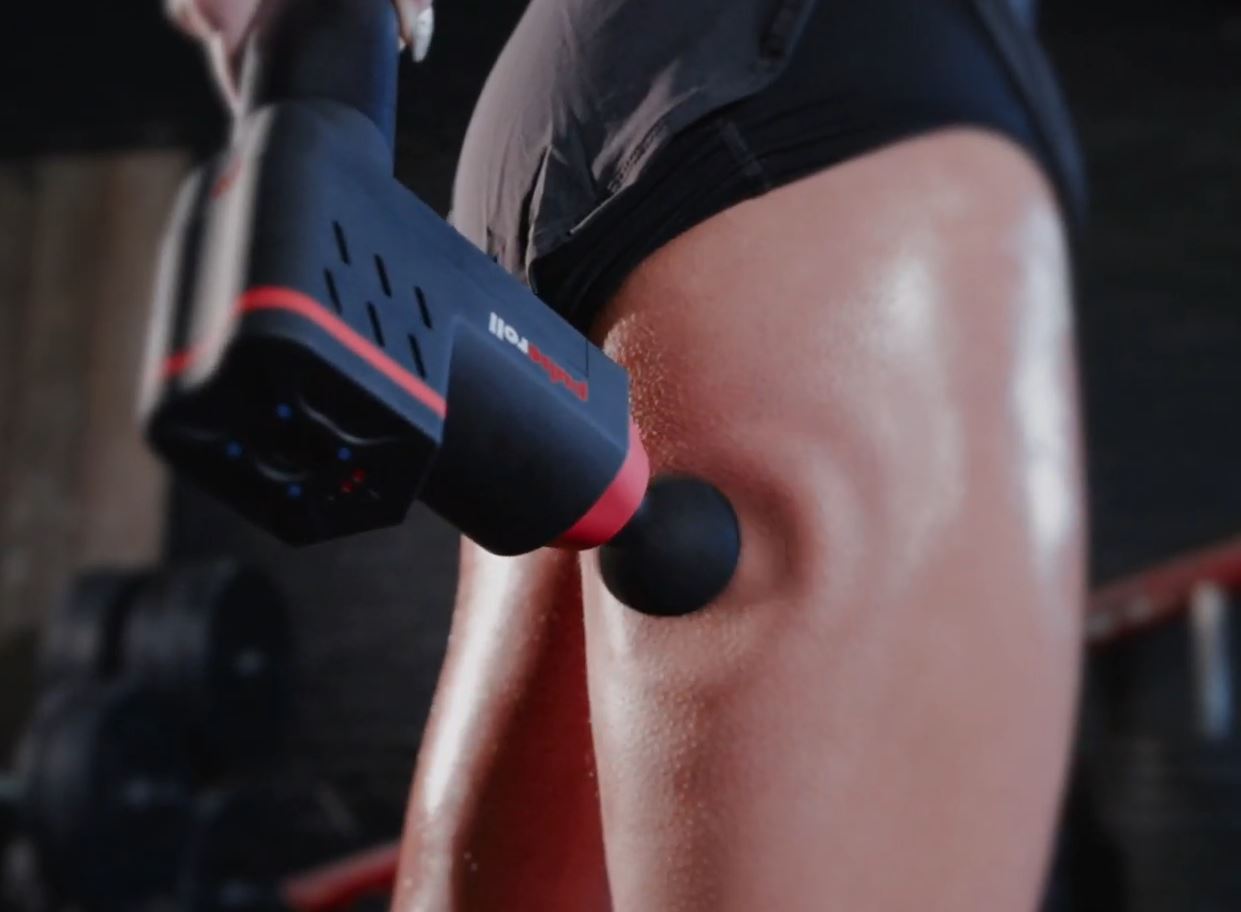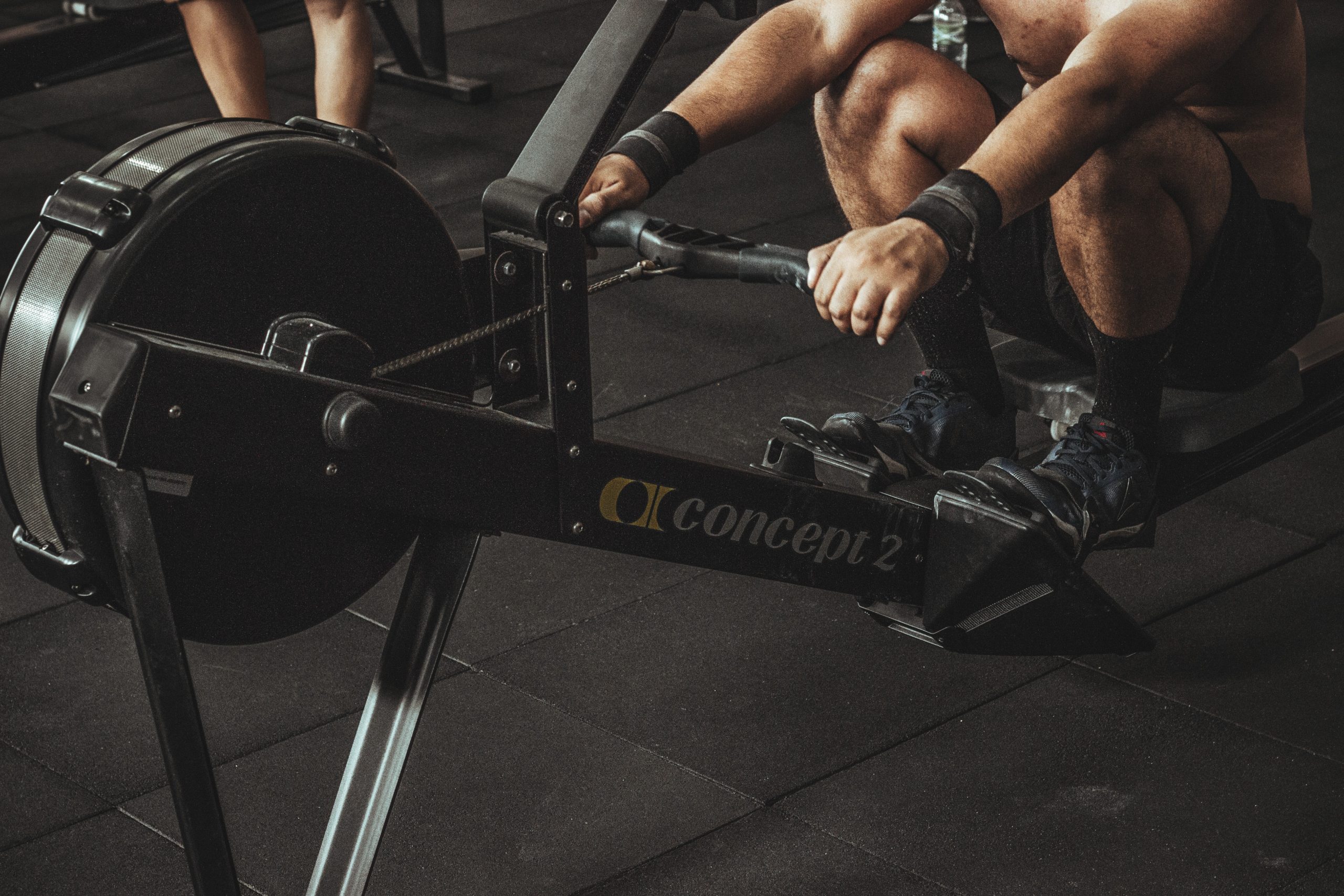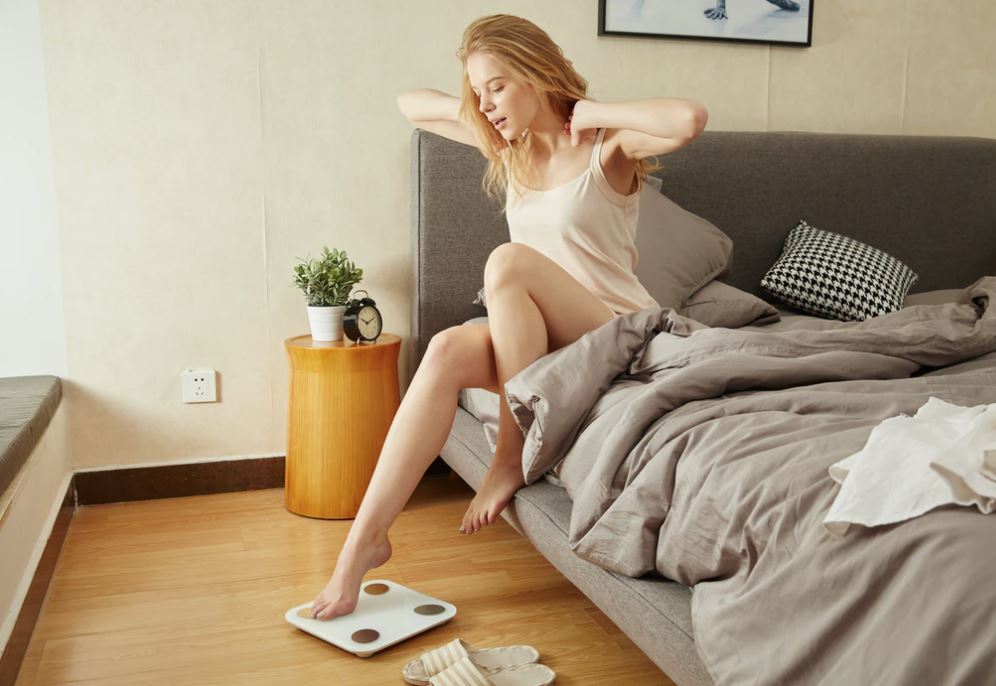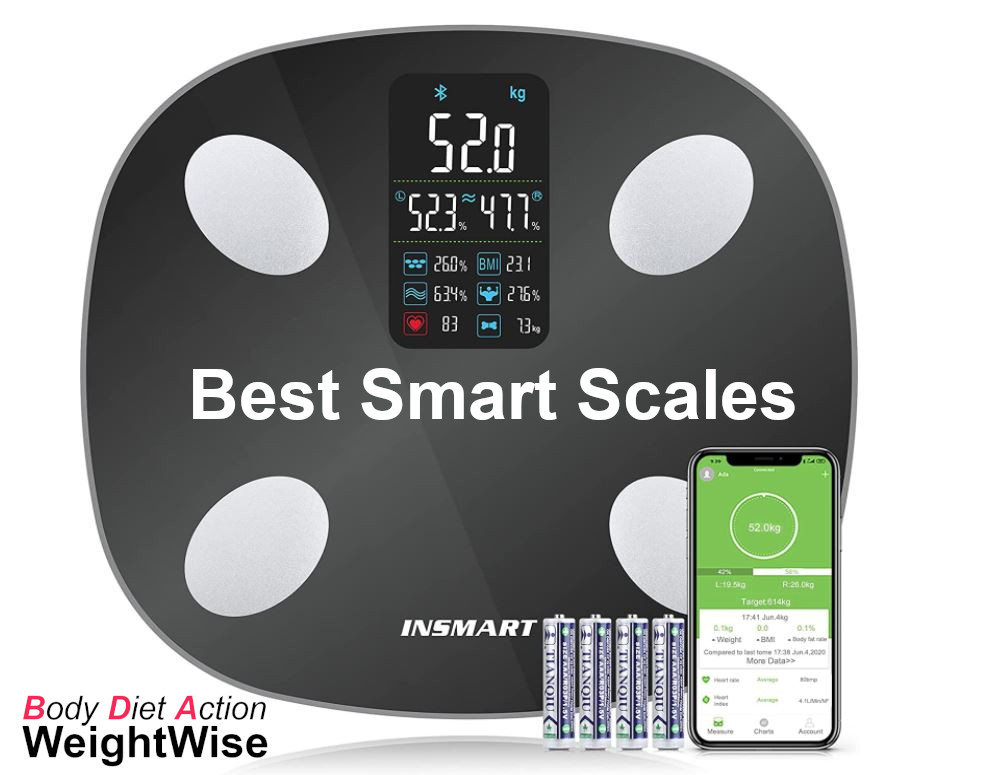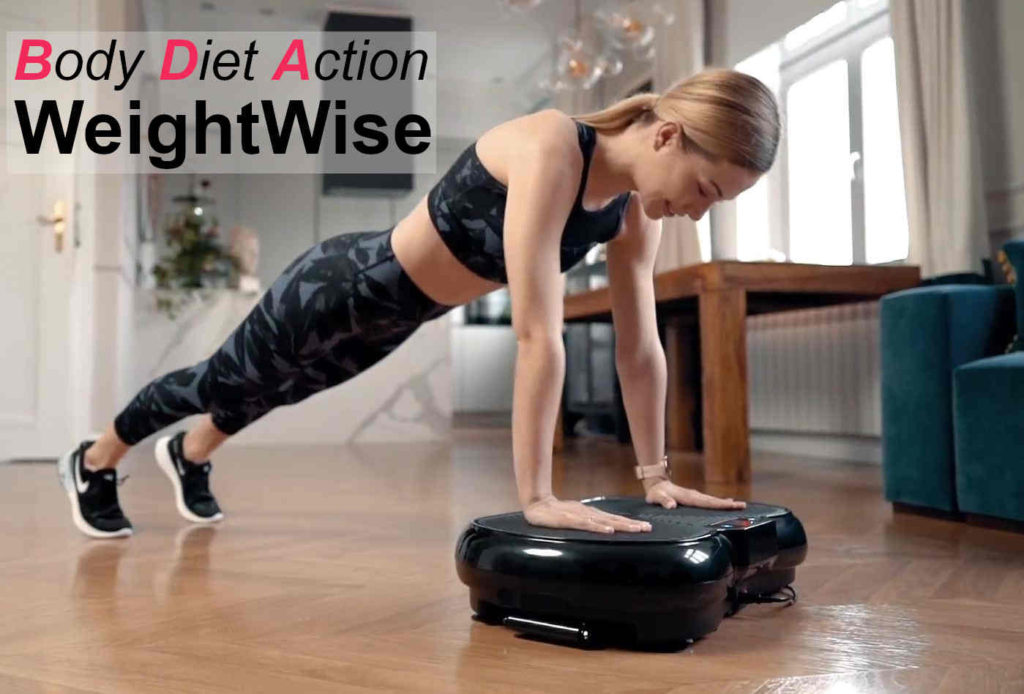You’ve just crept into the gym for the first time, eager to put all that hard-earned mental preparedness into action – but you suddenly find out that you don’t have a clue what to do next. Do you jump onto the weights machines, start rowing or go for a high speed wobble on a full-body vibration machine?
It can be quite a daunting experience when you’re faced with such a barrage of choice – gyms are fairly unforgiving places at the best of times – buffed up gym rats can seem fairly unapproachable and isolated in their own little worlds (normally with earphones firmly implanted within their lugholes) – it can feel like you are intruding too much to disturb them and ask for advice.
An alternative is to workout at home – for example using a multi gym – but in our view this can takes significantly more motivation and willpower, even though it can be a cheaper option. Following a Joe Wicks video or dancing along to the radio can definitely burn calories, but is this the best way to lose weight?
In this article, we take you through the main ways of working your muscles either at home or in the gym in order to determine the best exercise machine for weight loss. Ultimately it is movement and resistance which helps burn energy, and some equipment is just better suited for doing this without being mind-numbingly boring to use.
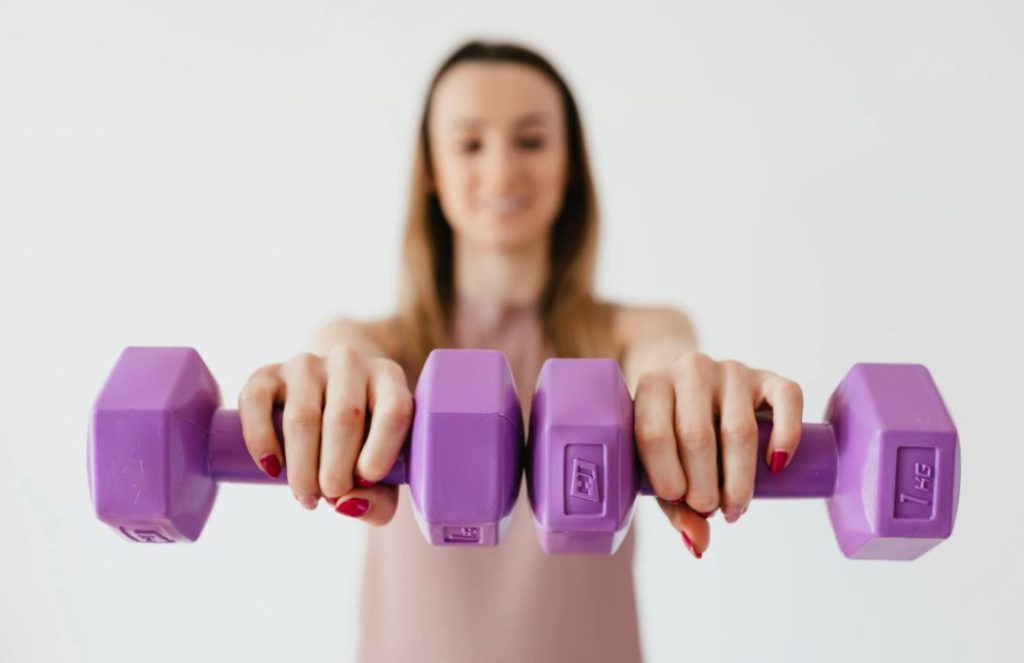
Cardio vs Weights for Weight Loss
Before getting into the best exercise machines themselves, let’s take a look at the age-old trade-off between using either raised heart-rate (cardio) and/or resistance training (lifting weights) as techniques to burn energy and hence fat. Which is best?
Well the answer is that in terms of a dedicated weight-loss program, lifting weights can have a more significant impact to both the amount of weight you can drop as well as the shape of your body aesthetically (how it looks to an observer). Where cardio regains an advantage is in terms of the health of your heart itself – for exercises like jogging on a treadmill, or indoor rowing, your heart and lungs will be performing at a higher rate on average than using weights, and this helps strengthen them and aid life longevity.
Why Is Weight Training Better Than Cardio for Fat Loss?
One of the key reasons for the superiority of lifting weights is the ‘post-workout afterburn’ – this is the effect known as Excess Post-Exercise Oxygen Consumption (or EPOC) whereby muscles which have been exercised via resistance training continue to burn calories for up to 38 hours after the event. Cardio training can also do this, but it has less of an impact.
Muscle Growth via Weight Training Does Not Need to Happen
Resistance training via weights can cause your muscles to grow, but only if you want them to. Muscle growth occurs if you steadily increase the amount of mass you lift over time – low numbers of lifts (say 6-10) with big weights will cause your muscles to expand over time (hypertrophy) as long as all the relevant nutrients your body requires such as protein and amino acids are in place.
Bigger muscles take more energy to move, and so the EPOC effect for weight loss can be even more pronounced if you have trained them up. In this sense, weight training as a package deal wins on multiple fronts – it can aid weight loss, give greater strength, and better aesthetics. The aesthetic point is obviously subjective, but there’s no doubt that a toned, athletic body is often considered attractive in many cultures.
However, let’s be clear here again – you do not need to grow your muscles when using weights. Indeed, it has become clear in recent years that the benefits of lifting weights in conjunction with a sensible diet are very large – whether you grow your muscles or not.
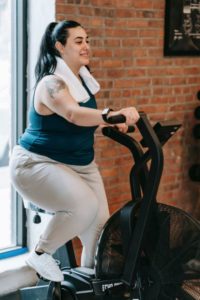 Using Smaller Weights with Cardio
Using Smaller Weights with Cardio
The option of combining cardio with high repetition, low-size weights is our guidance as the best exercise option for weight loss without muscle growth.
In this scenario, you lift low amounts of smaller weights many more times (20-50) whilst keeping your heart rate elevated above your base rate.
This approach will not grow your muscles, but will certainly tone you up and can be considered a boost-up to a standard cardio regime, for added calorie burn. An example might be cycling on a spin bike whilst performing dumb-bell flies of say 5-10kg per arm at the same time.
An alternative is to use an elliptical machine like a cross-trainer to exercise your upper body, core and legs via resistance whilst also elevating your heart rate. This is the best of both worlds for weight loss in our opinion.
How Many Calories Do I Burn from Cardio?
It’s important to remember that the amount of calories you burn from pure cardio is actually pretty low – it’s extremely quick and easy to eat a 200 calorie chocolate bar in a few minutes – to lose that same amount of calories via running on a treadmill would take an 8.5 stone person about 20 minutes at a 10-minute mile pace.
For slower runners of the same weight, that time would go up. For example, if you’d just started running and are not that fit and can only run a mile in 20 minutes, it would take you 40 minutes of running to burn off that single chocolate bar. For many weight loss starters, that 40 minutes could be all the exercise they get in a day! Pretty disconcerting to have only burnt off a single chocolate bar for all that effort – this shows why pure cardio is not the perfect weight loss exercise – it’s too inefficient for lighter people or slow runners.
The good news (in a way) is that the heavier you are, the more calories you will burn for the same amount of cardio exercise time. A 13 stone person running (or walking perhaps) that same 20 minute mile pace would reduce the time to burn off the chocolate from 40 minutes (8.5 stone person) to 24 minutes. This is one reason why heavier people will make gains quicker than a lighter person for the same amount of exercise as they start their fitness programs. The weight of your body itself acts as its own weight training gym! We find it efficient to monitor your progress using smart scales which are a cheap and affordable tool to have in the home.
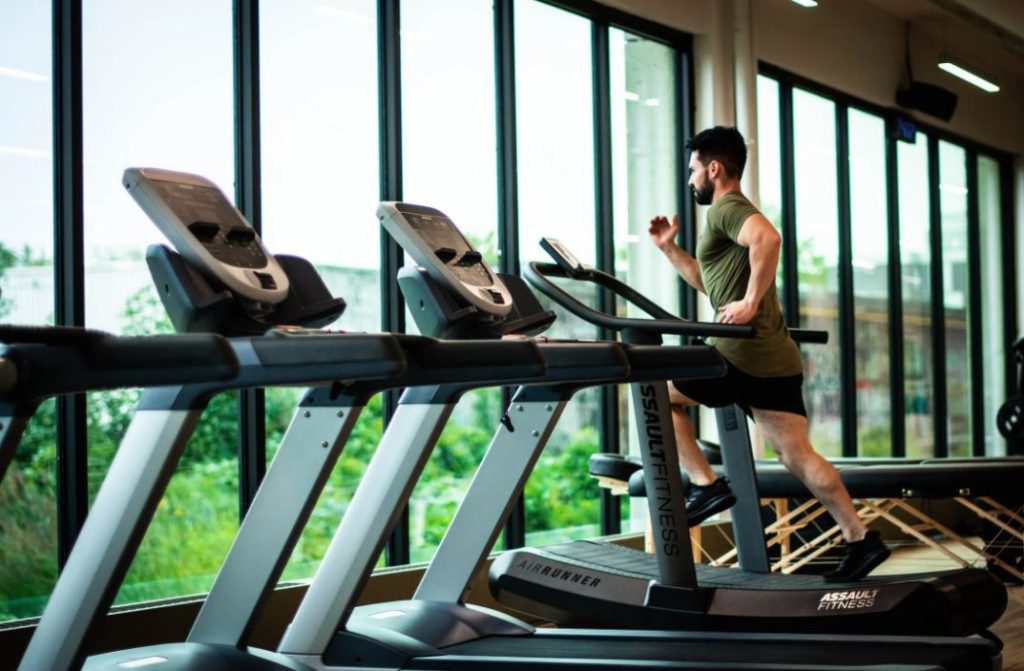
Key Exercise Machines for Weight Loss
Cross-Trainer or Elliptical Machine
 Known in the fitness community as ‘Elliptical Machines’ owing to the path your feet follow in the course of the exercise, the Cross Trainer is one of the best combined cardio and resistance machines you can use, and will target all areas of your body for a full workout.
Known in the fitness community as ‘Elliptical Machines’ owing to the path your feet follow in the course of the exercise, the Cross Trainer is one of the best combined cardio and resistance machines you can use, and will target all areas of your body for a full workout.
We recommend cross-trainers for home or gym use, and in conjunction with a calorie-controlled diet, they can make significant in-roads to fat burn and weight loss. The main area of choice is whether to go for rear drive, front drive or the more recent development: centre-drive. In our opinion, this is predominantly marketing blurb, and it has little impact on performance. Go for the best engineering you can buy at the best pricepoint – we’ll be releasing a buying guide on this in the near future.
The cross trainer works by using a ‘four-bar linkage’ whereby two poles for your arms and two ‘skis’ for your feet are joined at a single rotating drive point. Each arm and leg are slightly out of phase with each other to mimic a real walking motion, and the main feel is like you are cross-country skiing when on board.
The resistance can be adjusted according to your fitness level, and significant calories can be burnt if you can exercise for a reasonable amount of time. We recommend 30 minutes or greater for a decent workout. Most elliptical machines include screens to watch TV or listen to music while you are exercising – this can be very useful to avoid boredom!
Indoor Rowing Machine
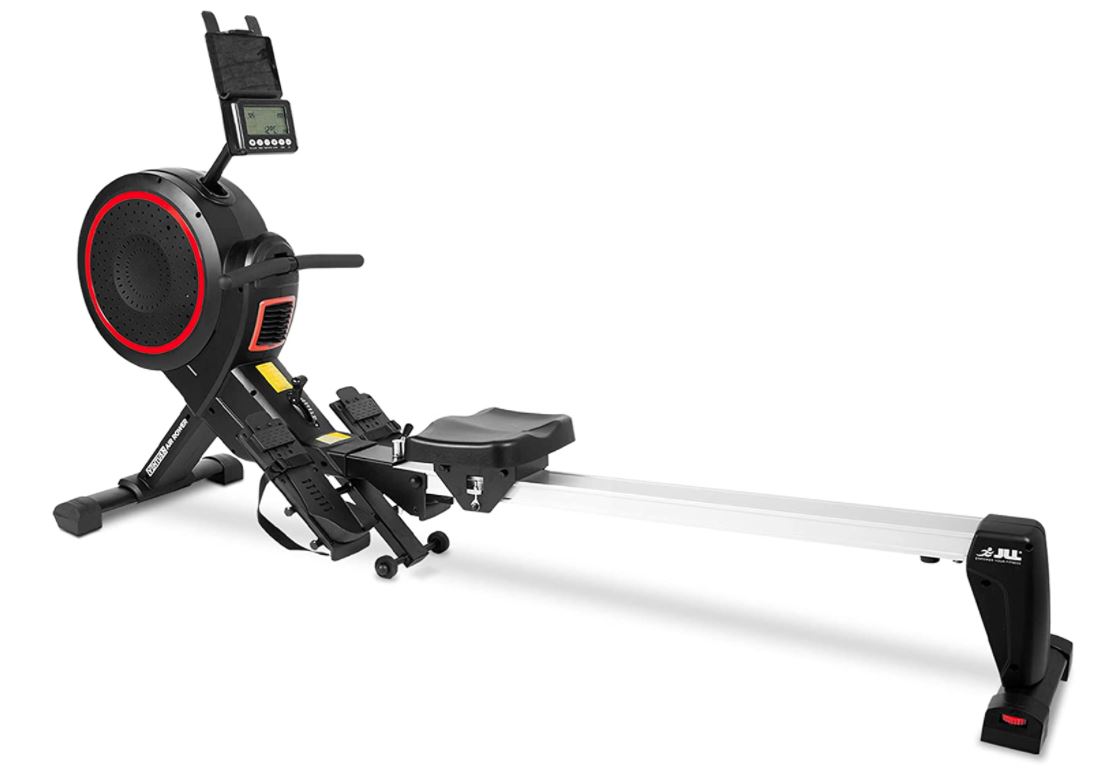 I’ve always affectionately referred to my indoor rowing machine as “the Pain Machine”, and it would be fair to say that I have a bit of a love/hate relationship with it. Make sure you check out our article on the best rowing machine on a budget if you’re after a home rower.
I’ve always affectionately referred to my indoor rowing machine as “the Pain Machine”, and it would be fair to say that I have a bit of a love/hate relationship with it. Make sure you check out our article on the best rowing machine on a budget if you’re after a home rower.
A rowing machine is a highly efficient way of working the legs, core, heart and lungs in a non-impact manner. It’s one of those exercises that after a minute or so you are thinking “what’s all the fuss about?” to then be drowning in sweat and gasping for breath not long after.
Most decent rowing machines these days work on the principle of air resistance in a turbine. A slideable seat on a rail allows the legs to compress and extend, and a pair of handles is connected to the turbine via a chain to replicate the rowing action. There are also cheaper magnetic rowers available which can still be effective for weight loss and general fitness.
The legs are used to push off initially as part of the ‘catch‘ before powering into the ‘drive‘ as they extend further. Finally, you lean back via the hips and pull in a straight line with the arms for the ‘finish‘. You then reverse the direction of motion of the seat from sliding backwards to forwards, compressing the legs and extending the arms forward as part of the ‘recovery‘ stage before getting back to the ‘catch’ position and repeating.
The rowing machine is certainly one of the best machines to regularly use as a good mixture of cardio and body toning. The amount of air which is dragged through the turbine can be changed via a damper if you want to increase the amount of power you need to drive through the legs to maintain the speed of the ‘boat’. I personally find that a higher damper setting is more satisfying for my workouts, but your mileage may vary on this. A lower damper settings requires a higher stroke cadence to keep the same speed, but is easier on the joints to perform – tougher on the lungs though!
Most indoor rowing machines have an electronic display screen which will allow you to monitor your split time, calorie burn, boat speed etc, and often there are modes for racing against yourself or even against other online rowers via the internet. This is a great way to keep motivated as your workouts progress.
Treadmill for Walking or Running
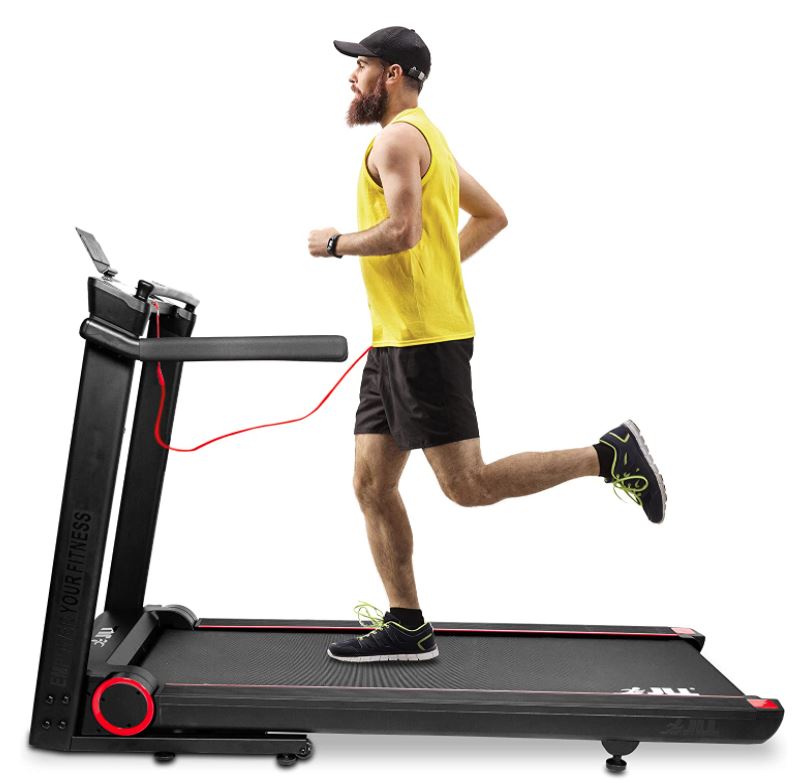 Although they are only suitable for purely cardio exercises, a treadmill is an excellent way of keeping active if you don’t want to pound the pavements outside in potentially cold and wet weather.
Although they are only suitable for purely cardio exercises, a treadmill is an excellent way of keeping active if you don’t want to pound the pavements outside in potentially cold and wet weather.
Home treadmills can compete very favourably with the professional models found at the gym, and in some instances use a folding design so that they can be packed away a little more easily then you might expect.
The speed and resistance of the treadmill can typically be altered according to your fitness levels, and most machines offer ‘warmup’ and ‘warmdown’ stages at the beginning and end of each workout in order to help loosen up or cool off.
Often the incline of the treadmill can also be changed which partially replicates the feeling of running uphill – this is a useful function to look out for (see our Domyos T540C review as an example) as it can create a much more ‘real-world’ feel and enable different areas of your leg muscles to be challenged.
Risk of shin splits from high impact running
One major downside of running in general is the amount of impact unleashed on your shins and legs in general. We much prefer non-impact exercise machines such as the elliptical cross-trainer or rowing machine in order to help reduce this jarring of your joints and bones. It can lead to shin splints if you are a particularly ‘stompy’ runner, which can quickly lead to the end of your workout.
Exercise bikes
Exercise bikes such as the Domyos Exercise Bike 500 are an excellent option for cardiovascular exercise and generally helping you to achieve your target weight. They are low-impact, easy to use, and can be cycled in the comfort of your own home, making them a convenient and efficient way to stay active.
As discussed, cardiovascular exercise is an essential component of any fitness regimen. It improves heart health, lung capacity, and circulation, while also helping to lower blood pressure and cholesterol levels. Exercise bikes provide an effective and low-impact way to engage in cardio exercise. They allow you to pedal at a pace that raises your heart rate and keeps it elevated, which is crucial for improving cardiovascular health.
Furthermore, exercise bikes can also be effective for weight loss. To lose weight, you need to burn more calories than you consume. Exercise bikes provide an excellent way to burn calories, as they allow you to burn a significant amount of energy in a short amount of time. This is because cycling is a high-intensity exercise that engages multiple muscle groups simultaneously. Depending on your weight and exertion level, you can burn up to 500 calories per hour on an exercise bike.
Moreover, exercise bikes can help you achieve your weight loss goals in a sustainable way. Unlike high-impact exercises like running or jumping, which can put stress on your joints and cause injury, exercise bikes are low-impact and gentle on your body. This means that you can use an exercise bike regularly without the risk of injury, allowing you to maintain your exercise routine and achieve your weight loss goals over time.
In conclusion, exercise bikes are an excellent option for cardiovascular exercise and weight loss. They provide a low-impact and convenient way to engage in cardio exercise, and can help you burn a significant amount of calories in a short amount of time. By using an exercise bike regularly, you can improve your cardiovascular health, lower your risk of chronic diseases, and achieve your weight loss goals in a sustainable way.
Full-Body Vibration Plate
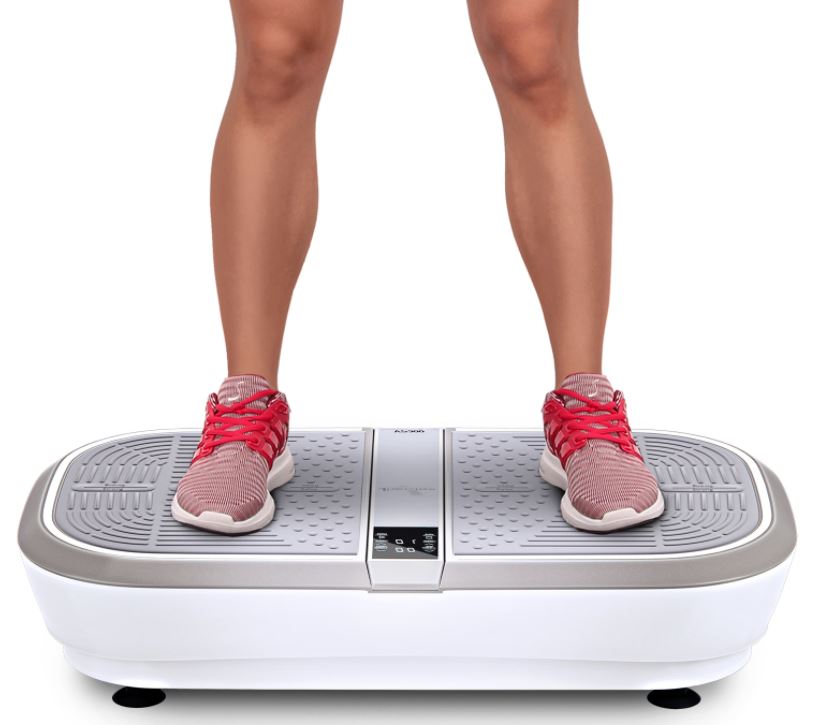 Vibration plates are an excellent method of working your muscles which can aid muscle toning and fat burning in a non-impact way.
Vibration plates are an excellent method of working your muscles which can aid muscle toning and fat burning in a non-impact way.
Vibro plates work using internal electric motors which generate high frequency, high amplitude vibrations coupled with different directional shifts (e.g. left to right, up and down or a combination of these).
In our testing we noticed definite reductions in weight for four of our Weightwise clients when using a vibration plate over a four week period, with no other changes to their lifestyle. There is also medical research which indicates that vibration plates can be therapeutic – for example they can promote bone health, increase blood flow and reduce cellulite. They are also excellent for preventing post-workout muscle aches.
We recommend you check out our in-depth article on the best vibration plates on the UK market at the moment.
